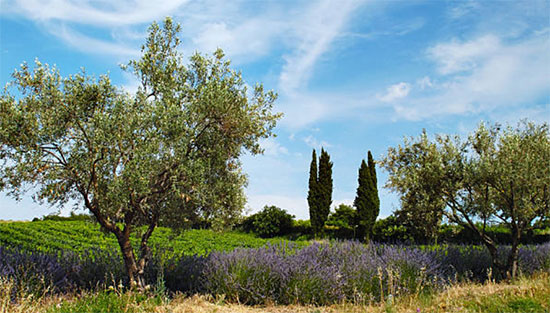
In a few words : Provence

Provence, located in the southeast of France, is a territory rich in history and culture. From prehistoric times to the present day, this region has experienced many events that have shaped its identity and place in the history of France. In this article, we will explore the history of Provence by examining its key periods.
The prehistoric history of Provence dates back to about 1.5 million years ago, when the first hominids inhabited the region. Prehistoric caves, such as the cave of La Baume Obscure, have been discovered in the region and house cave paintings dating back to prehistoric times. Over the centuries, this territory was colonized by Celts and Ligurians before being conquered by the Romans in 125 BC.
Under the Roman Empire, Provence became an important province, known as "Provincia Romana". The city of Aix-en-Provence was founded by the Romans, who built aqueducts, theaters, and arenas throughout the region. The city of Marseille, founded by the Greeks in the 6th century BC, became an important port for trade between the Roman Empire and the rest of the world.
In the Middle Ages, Provence was an important cultural center, thanks in particular to the counts of Provence who supported the arts and letters. Troubadours, poets, and musicians contributed to the cultural richness of this vast domain. In the 14th century, Provence came under the control of the Anjou family, who intensified their power over this territory.
In the centuries that followed, Provence was the site of numerous conflicts. During the Wars of Religion in the 16th century, the region experienced wars between Catholics and Protestants. Later, during the French Revolution, it was the target of unrest and numerous uprisings against the central government.
In the 19th century, the vast Mediterranean region experienced significant economic growth thanks to agriculture: lavender, fruits, vegetables, and wine production as well. The region became a popular tourist destination, attracting visitors from around the world. Many artists, such as Vincent van Gogh, Paul Cézanne, and Paul Gauguin, to name a few, drew inspiration from the beauty and light of this wonderful province and created some of the greatest masterpieces of art.
During World War II, Provence was the site of the Allied landing in August 1944. This military operation allowed Allied forces to liberate the region from Nazi occupation.
Today, Provence, a top tourist destination, is a dynamic region famous for its natural beauty, culture, magnificent and varied landscapes, and very pleasant climate.